Last updated on
Looking to purify your home’s water but don’t want a reverse osmosis system? Check out these alternative options, complete with their advantages and disadvantages!
Reverse osmosis systems are popular for their ability to purify water and remove impurities, but they can also be quite expensive.
In this article, I’ll share 14 ideas for alternative water purification methods you may not have considered before.
We’ll explore the advantages and disadvantages of each option so you can decide which one is right for your home decor budget and lifestyle needs. So let’s dive in!
Activated Carbon Filters
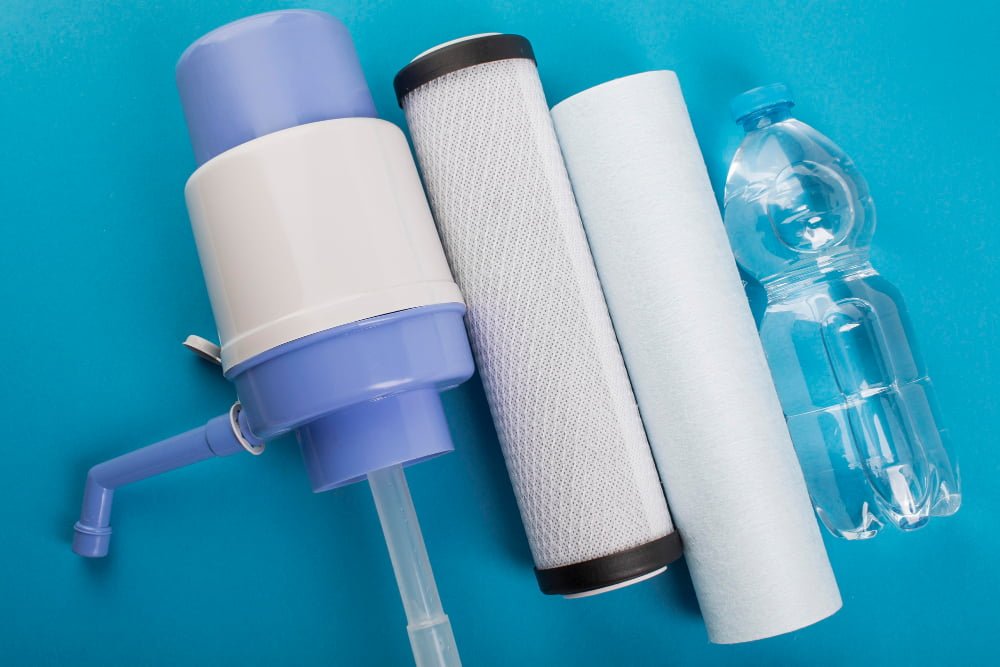
Activated carbon filters are a popular alternative to reverse osmosis systems for water filtration. These filters use activated carbon, a form of charcoal treated with oxygen to open millions of tiny pores between the carbon atoms.
As water passes through these pores, impurities and contaminants are trapped in the filter.
One advantage of activated carbon filters is that they can remove chlorine and other chemicals from your drinking water, improving its taste and odor. They also do not require electricity or any special installation process, making them easy to install and maintain.
However, one disadvantage is that they may not be as effective at removing certain contaminants such as fluoride or heavy metals compared to reverse osmosis systems. The lifespan of an activated carbon filter depends on how much it’s used – if you have high levels of contamination in your tap water then you may need to replace it more frequently than recommended by manufacturers.
Overall though, if you’re looking for an affordable way to improve your home’s drinking water quality without investing in a full-blown RO system then an activated-carbon filter could be just what you need!
Ceramic Filters
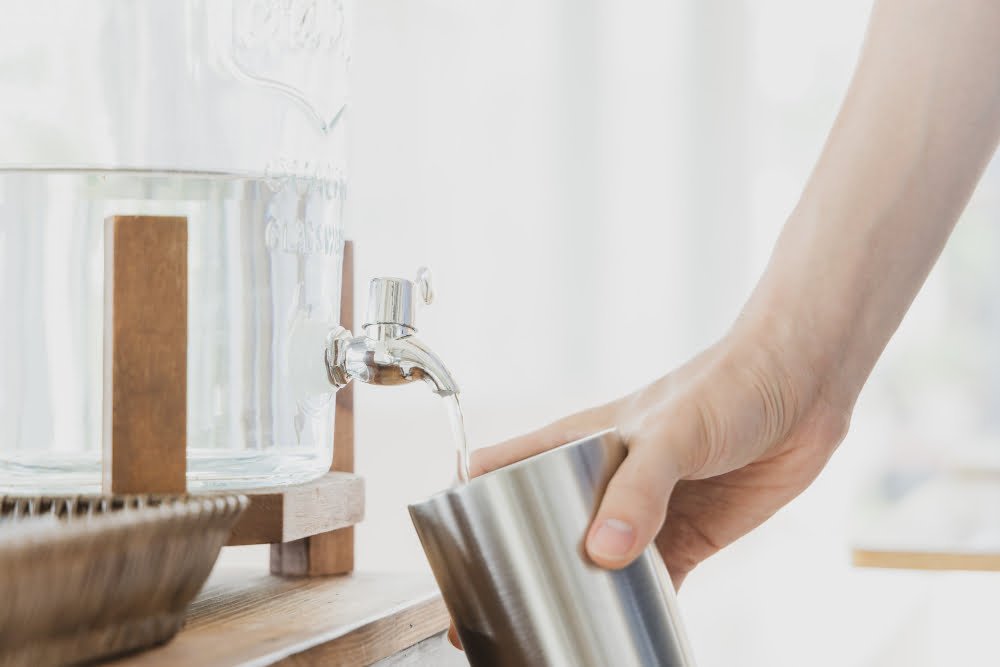
Ceramic filters are another alternative to reverse osmosis systems. These filters use a porous ceramic material that traps impurities and contaminants as water passes through it.
One advantage of ceramic filters is that they can remove bacteria and other microorganisms from the water, making it safer to drink. They also do not require electricity or any special plumbing, which makes them easy to install and maintain.
However, one disadvantage of ceramic filters is that they may not be effective in removing certain chemicals or heavy metals from the water. These types of filters need regular cleaning in order to prevent clogging and maintain their effectiveness over time.
If you’re looking for an affordable way to improve your home’s drinking water quality without investing in a full reverse osmosis system, a ceramic filter could be worth considering – make sure you understand its limitations before making your purchase decision!
UV Disinfection Systems
UV disinfection systems are a popular alternative to reverse osmosis systems. These systems use ultraviolet light to kill bacteria, viruses, and other microorganisms in the water.
One of the advantages of UV disinfection is that it does not require any chemicals or additional products to be added to the water. This makes it an eco-friendly option for those who want clean drinking water without harming the environment.
However, one disadvantage of UV disinfection is that it only kills microorganisms and does not remove any contaminants from the water itself. This means that if your source water has high levels of minerals or other impurities, you may still need a pre-treatment system before using a UV disinfection system.
UV disinfection can be an effective way to ensure safe drinking water at home without breaking your budget on expensive reverse osmosis systems.
Ion Exchange Units (Water Softeners)
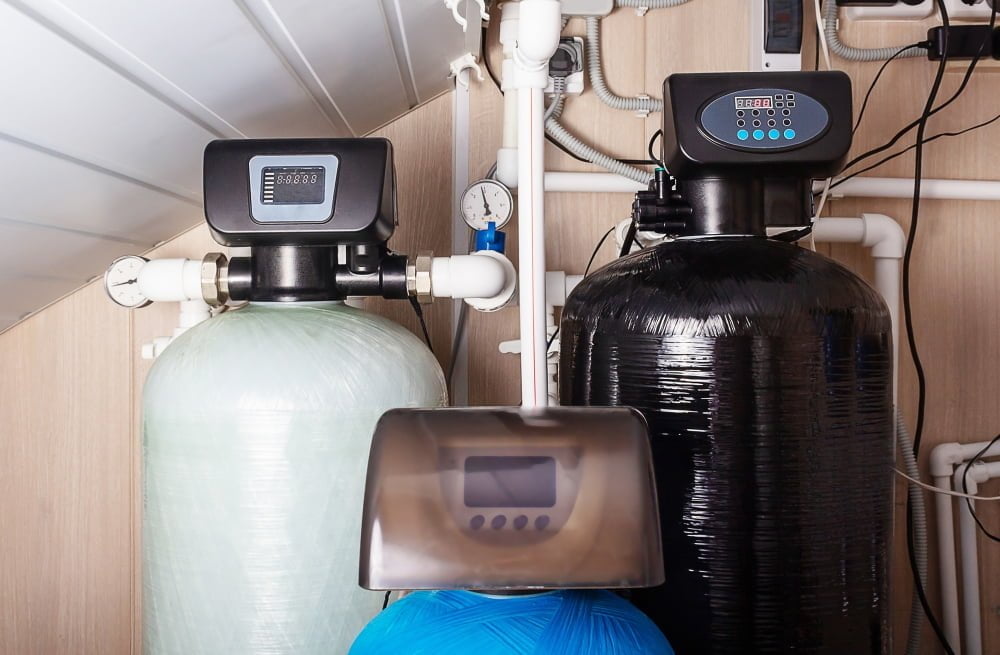
One alternative to reverse osmosis systems is the use of ion exchange units, also known as water softeners. These units work by exchanging hard minerals such as calcium and magnesium with sodium ions, resulting in softer water.
Advantages of using ion exchange units include improved soap lathering and reduced mineral buildup on pipes and appliances. Softened water can also be beneficial for those with sensitive skin or eczema.
However, there are some disadvantages to consider when using these systems. The added sodium in the softened water may not be suitable for individuals on a low-sodium diet or those with high blood pressure.
The process does not remove other contaminants such as bacteria or chemicals from the water supply.
While ion exchange units can benefit certain households looking to soften their hard tap water without investing in a reverse osmosis system, it’s important to weigh both advantages and disadvantages before deciding which system is right for your home’s needs.
Distillation Units
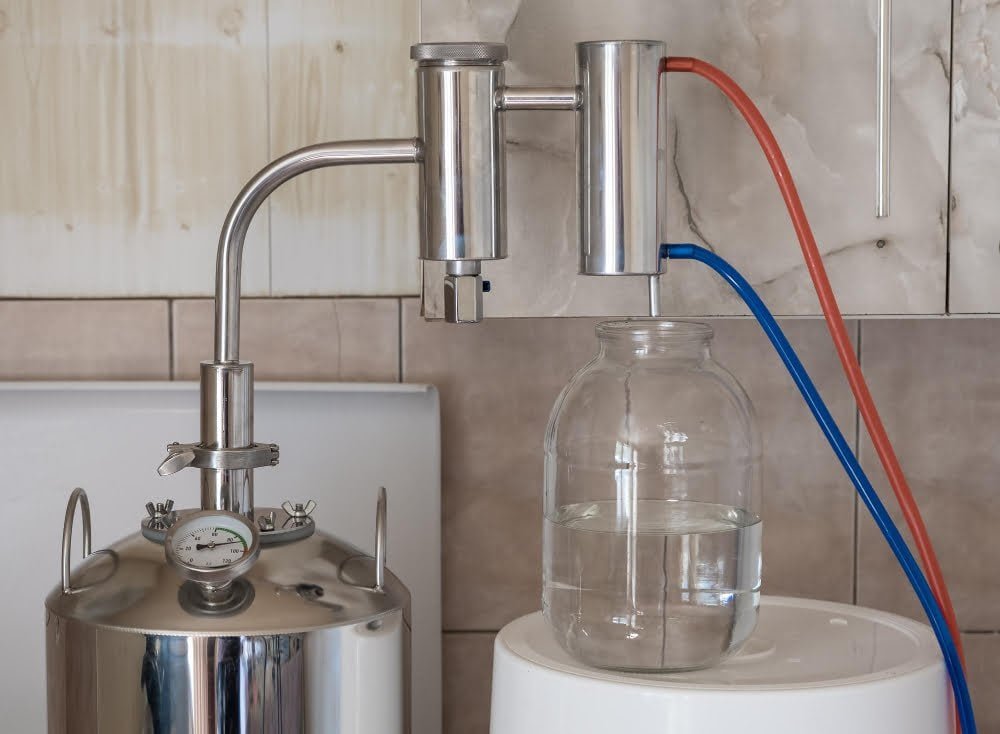
Distillation units are another alternative to reverse osmosis systems. These units work by boiling water and then collecting the steam, which is then condensed back into liquid form.
The process removes impurities from the water, leaving behind clean drinking water.
One advantage of distillation units is that they can remove a wide range of contaminants, including bacteria and viruses. They also do not require any electricity or special plumbing connections, making them easy to install in any home.
However, one disadvantage of distillation units is that they can be slow and inefficient compared to other filtration methods. They also tend to waste more water than other systems since they require a constant supply for the boiling process.
Suppose you’re looking for an effective way to purify your drinking water without breaking the bank on a reverse osmosis system. In that case, a distillation unit may be worth considering as an alternative option.
Sediment Filters
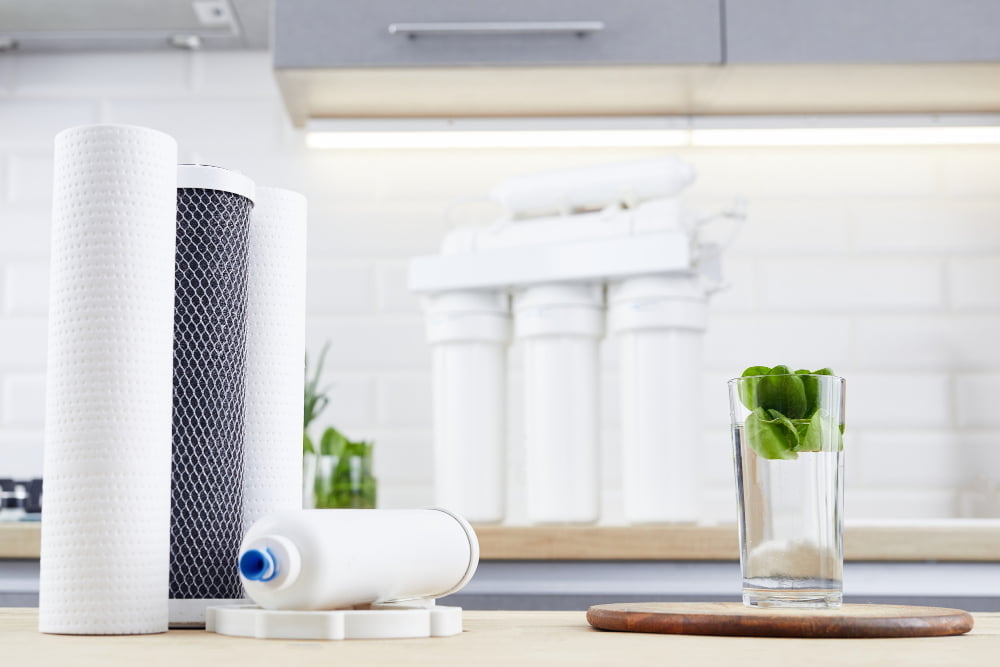
Sediment filters are a popular alternative to reverse osmosis systems for those looking to improve their water quality. These filters work by trapping sediment and other particles in the water, preventing them from entering your home’s plumbing system.
One advantage of using sediment filters is that they are relatively inexpensive compared to reverse osmosis systems. They also require less maintenance since you only need to replace the filter cartridge every few months.
However, one disadvantage of using sediment filters is that they do not remove all contaminants from the water like a reverse osmosis system would. Sediment filters may not be effective at removing chemicals or heavy metals from your drinking water.
If you’re looking for an affordable way to improve your home’s drinking water quality and don’t have major concerns about chemical or heavy metal contamination, then a sediment filter could be a good option for you.
Aeration Systems
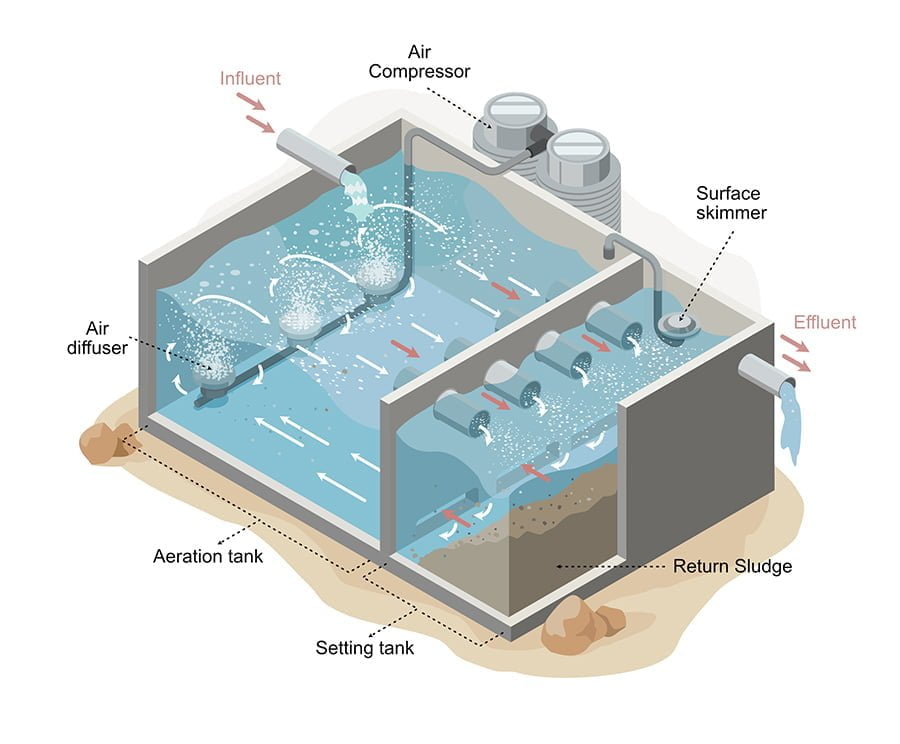
One alternative to reverse osmosis systems is the use of aeration systems. Aeration involves introducing air into water, which helps to remove impurities and improve its taste and odor.
This method is particularly effective in removing volatile organic compounds (VOCs) such as benzene, trichloroethylene, and vinyl chloride.
One advantage of using an aeration system is that it does not require electricity or chemicals to operate. It also has low maintenance costs since no filters or membranes need replacement regularly.
However, one disadvantage of this method is that it may not be effective in removing all contaminants from the water supply. If your home’s water source contains high levels of iron or sulfur bacteria, then an aeration system may not be suitable for you as these elements can cause clogging issues with the equipment over time.
Ozone Treatment Systems
Ozone treatment systems are another alternative to reverse osmosis systems. These systems use ozone gas to disinfect and purify water.
Ozone is a powerful oxidant that can kill bacteria, viruses, and other microorganisms in the water.
One advantage of ozone treatment systems is that they do not require chemicals like chlorine or iodine for purification. This makes them a more eco-friendly option compared to traditional chemical treatments.
However, one disadvantage of these systems is that they can be expensive upfront due to the cost of installing an ozone generator. If not properly maintained or monitored, excessive ozone gas levels can harm human health.
While there are advantages and disadvantages associated with using an ozone treatment system as an alternative to reverse osmosis filtration methods; it may still be worth considering depending on your specific needs and budget constraints.
Alkaline Water Ionizers
Alkaline water ionizers are another alternative to reverse osmosis systems. These machines use a process called electrolysis to separate the acidic and alkaline minerals in water, producing two streams of water: one with a higher pH level (alkaline) and one with a lower pH level (acidic).
Advantages of using an alkaline water ionizer include improved hydration due to the smaller molecular structure of the alkalized water, which allows for better absorption by cells. Some proponents claim that drinking alkalized water can help neutralize acid in the body and improve overall health.
However, there are also some potential disadvantages to consider when using an alkaline water ionizer. The initial cost can be quite high compared to other alternatives on this list, ranging from several hundred dollars up into thousands depending on features and brand name recognition.
Maintenance costs may add up over time as filters need replacing periodically.
Scale Inhibitors
When it comes to water filtration, reverse osmosis systems are often considered the gold standard. However, they can be expensive and require regular maintenance.
If you’re looking for a more budget-friendly and low-maintenance alternative option, consider using scale inhibitors.
Scale inhibitors work by preventing mineral buildup in your pipes and appliances. They do not remove impurities from the water like a reverse osmosis system does but rather prevent them from causing damage over time.
One advantage of scale inhibitors is their affordability compared to other filtration options. They also require little to no maintenance once installed.
However, one disadvantage of using scale inhibitors is that they may not be as effective at removing certain minerals or contaminants as a reverse osmosis system would be. Some people may prefer the taste of filtered water versus untreated hard water treated with a scale inhibitor.
If you’re looking for an affordable way to protect your plumbing without investing in a full-scale filtration system like reverse osmosis then considering installing a simple yet effective Scale Inhibitor could prove beneficial!
Backwashing Filters
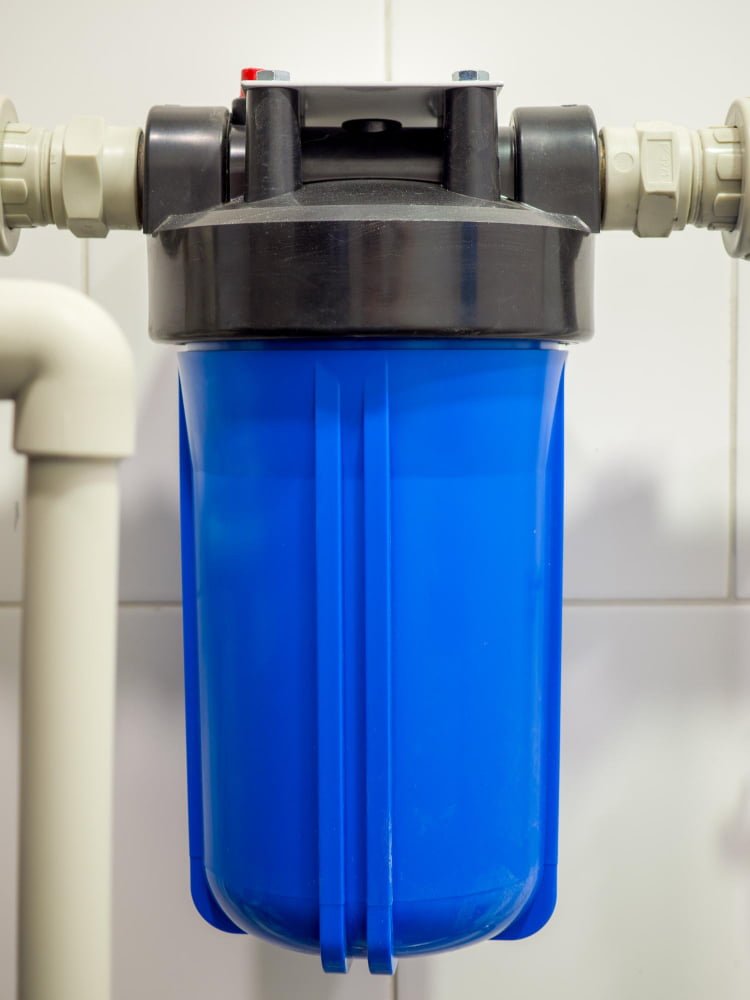
Backwashing filters are a popular alternative to reverse osmosis systems. These filters work by pushing water through a bed of filter media, trapping contaminants and impurities in the process.
The main advantage of backwashing filters is that they can remove a wide range of contaminants, including sediment, chlorine, and heavy metals. They also require less maintenance than reverse osmosis systems since they only need occasional backwashing to clean the filter media.
However, there are some disadvantages to using backwashing filters as well. These systems tend to be larger and more expensive than other filtration options like activated carbon or ceramic filters.
While they can remove many types of contaminants from your water supply effectively; some harmful substances such as fluoride may not be removed entirely with this method.
Point-of-use Devices
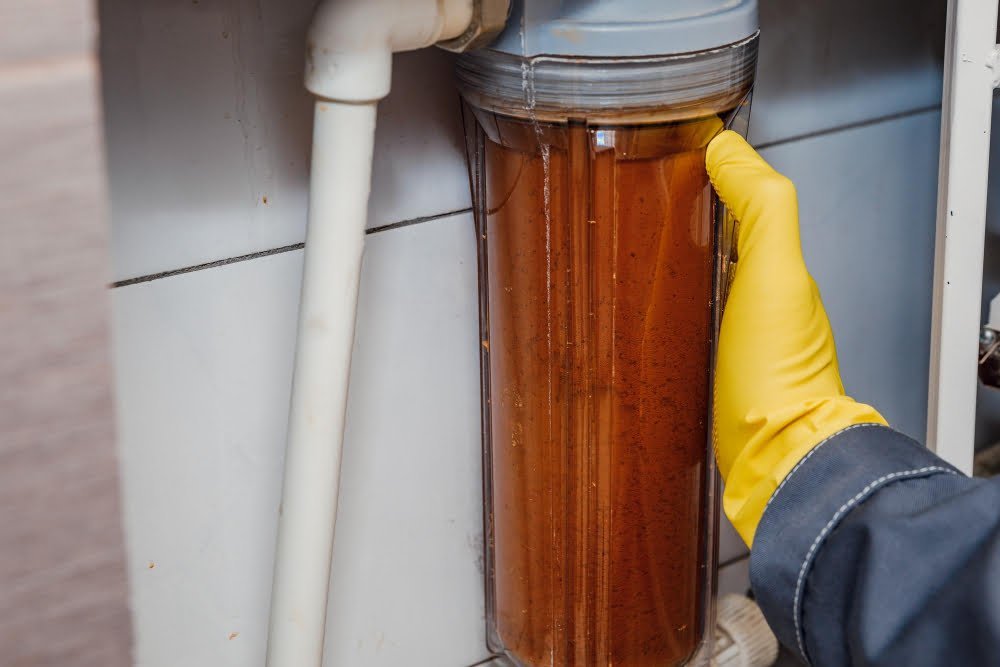
When it comes to water filtration, point-of-use devices are a popular alternative to reverse osmosis systems. These devices are installed directly at the point where you need clean water, such as under your sink or on your countertop.
One advantage of point-of-use devices is that they can be more affordable than whole-house reverse osmosis systems. They also take up less space and require less maintenance.
However, one disadvantage is that they may not be as effective at removing certain contaminants compared to larger filtration systems like reverse osmosis. If you have multiple points in your home where you need filtered water (such as showers or washing machines), then installing multiple point-of-use devices can become costly and inconvenient.
Showerhead Filters
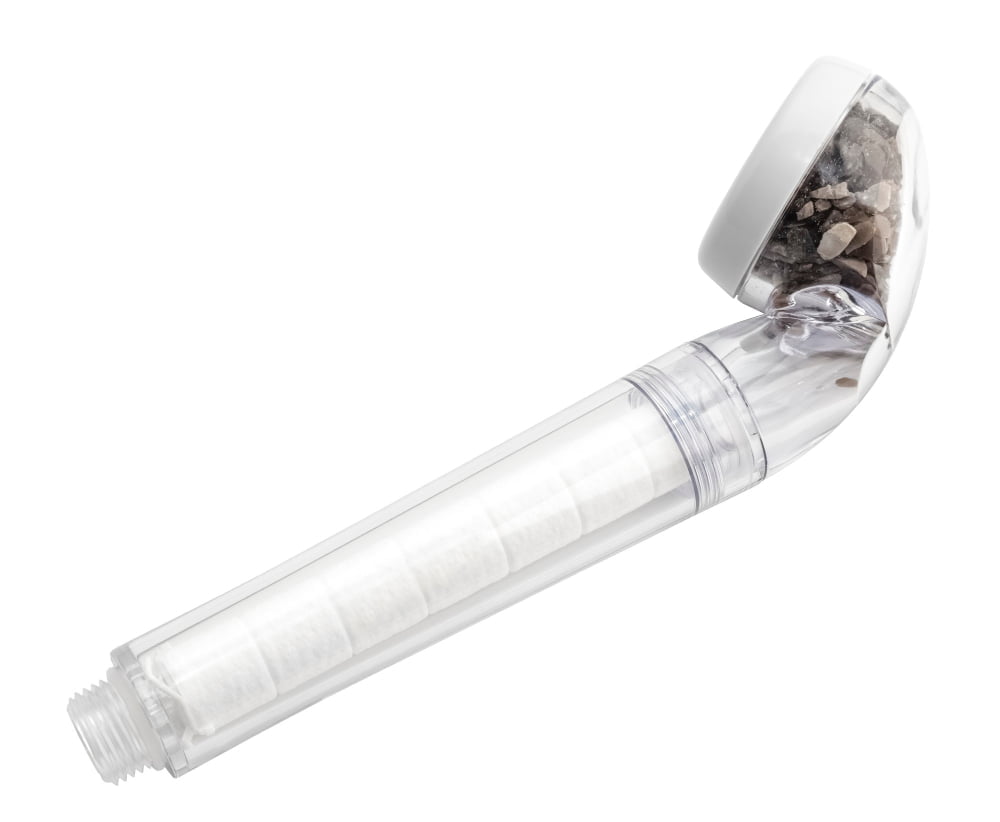
When it comes to water filtration, showerhead filters are a popular alternative to reverse osmosis systems. These filters attach directly onto your existing showerhead and work by removing impurities from the water as it flows through.
One advantage of using a showerhead filter is that they are relatively inexpensive compared to other filtration options. They also require minimal installation effort and can be easily replaced when needed.
However, one disadvantage of using a showerhead filter is that they may not remove all contaminants from the water such as fluoride or heavy metals. Some models may reduce water pressure which can affect your overall experience in the shower.
Suppose you’re looking for an affordable way to improve the quality of your bathing experience without investing in an expensive system like reverse osmosis. In that case, a simple yet effective solution like a showerhead filter might be worth considering.
Pitcher Filters
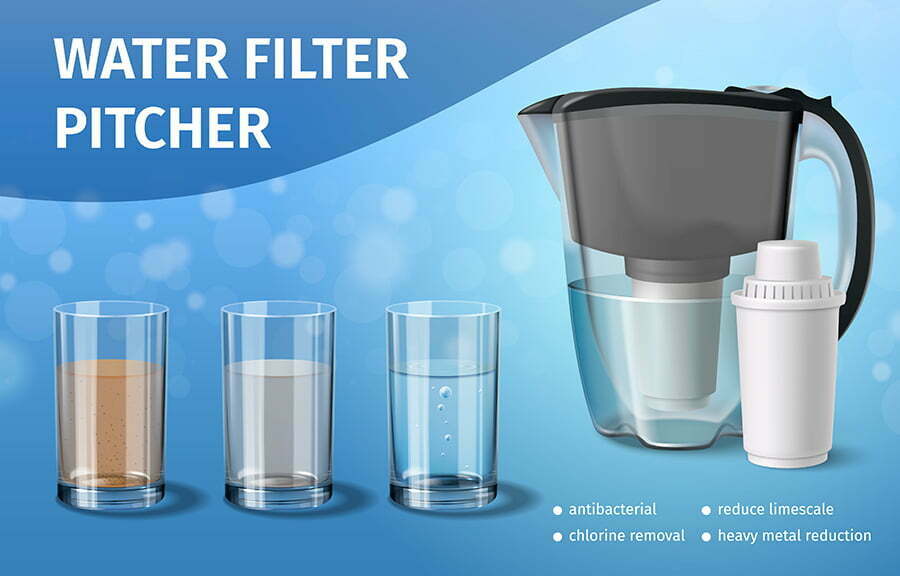
Pitcher filters are a popular alternative to reverse osmosis systems. They are affordable and easy to use, making them an excellent option for those on a budget.
Pitcher filters work by using activated carbon or charcoal to remove impurities from the water.
The advantages of pitcher filters include their affordability and convenience. They do not require any installation or plumbing, so they can be used right out of the box. They are portable and can be taken with you wherever you go.
However, there are also some disadvantages to consider when using pitcher filters as an alternative to reverse osmosis systems. First off, they have limited capacity compared to other filtration methods like under-sink systems or whole-house filtration units which means that frequent refilling is required if more than one person uses it regularly in your household.
Moreover, while pitcher filter cartridges need replacement every few months depending on usage frequency; this adds up over time in terms of cost compared with other options such as faucet-mounted models that only require changing once per year at most (depending upon usage).
Recap




